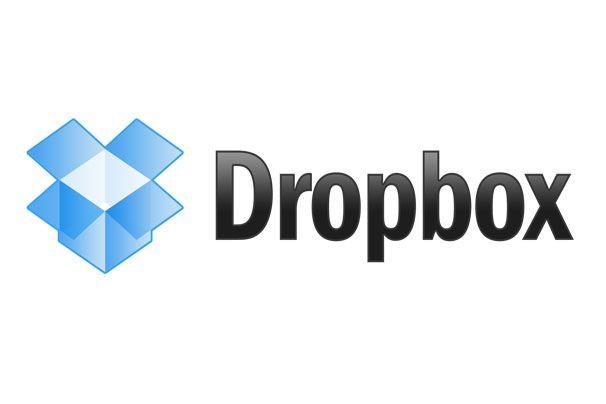

It ability to store files, and even multiple versions of files, makes a clear choice for creatives. The way it syncs across devices without users needing to lift a finger is unmatched. We took inspiration from the team at sameroom.io and their Brief History of Chat Services.Few will argue that Dropbox’s file sharing technology is best of breed.If so, go ahead and hit the comment section below to suggest missing ones, or open an issue. The timeline is undoubtedly incomplete we probably have forgotten many apps, especially older ones.The combined valuation of those last three acquisitions, $320 million, is probably another reason why so many apps are being developed since 2013. More recently Google bought Sparrow, Microsoft Accompli and Dropbox Mailbox. In 1998, Microsoft bought Hotmail and Yahoo bought RocketMail. Then, big players start to acquire the winners to become the instant frontrunners in those new markets.

It seems that each time a new platform is released, there is an influx of new email apps released to conquer the new market (web, iOS, Android). We thought it might be interesting to visualize the history of all those email clients on a timeline: their start, acquisition, and discontinuation.Īn interactive timeline of how major email apps have evolved through time Is this a recent trend? Were email companies bought and sold in the past too?

However, the apps we use to consume it evolve at a frantic pace. It didn’t change much over the past decade and stayed ubiquitous. It's 2015 and I still bounce around email clients every couple months because all of the major options have substantial flaws.Įmail is rock solid. Yet another intriguing email startup being acquired and killed off by a more-established tech company (see also: Sparrow). The most upvoted comment on the HN thread crystallizes this frustration: With Dropbox announcing they are sunsetting Mailbox, people are getting upset by the volatility hitting the email space. A Brief History of Email Apps - Blog post


 0 kommentar(er)
0 kommentar(er)
